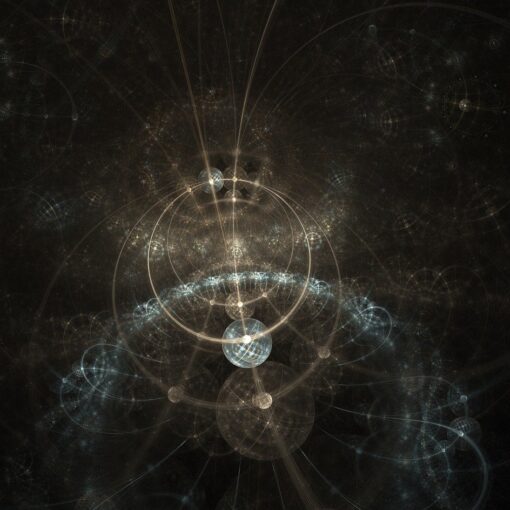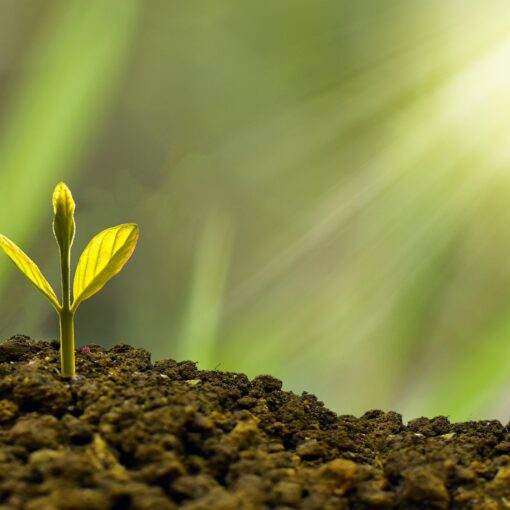‘… there have appeared, from time to time, individuals who grew to maturity without losing the full inventory of their innate, intuitive, and spontaneously coordinate faculties. These unscathed individuals inaugurated whole new eras of physical environmental transformation so important as, in due course, to affect the lives of all ensuing humanity. We shall hereafter identify such unscathed, comprehensively effective, and largely unidentified individual articulators as the artist-scientists of history.’ R.B.Fuller, 1981,p.26.
Although, this may be a wistful statement from the great mathematician and engineer, there is a great truth in it.
Albert Einstein made a complementary statement when he declared, ‘that imagination is more important than knowledge.’
The point is that scientists require imagination and artists need method.
Coequal, art and science lie on a continuum, between imaginative creation and methodological examination.
Strangely, as many reseachers have concluded, at least since the Ancient Greeks, our knowledge of the world is at best temporary, while in most cases the subject of personal bias and natural reduction.
There is no certainty in an uncertain world.
So, how do we proceed, what can science and art teach us?
The only perspective is to start with uncertainty and as Karl Popper (1902-1994) proposed, to proceed with caution by attempting to falsify what we know.
However, too much uncertainty and caution in the light of a world transformed by existential risks, is itself life-threatening.
Again, imagination comes to the fore. We must be able to imagine and agree possible and positive pathways with which to pursue knowledge.
Our entire global society is a learning organism or organisation, connected through digital networks that can channel new data, information and the latest, self-governing decisions and rationales.
We are all artists-scientists, because we each possess the natural cognitive capabilities that underpin these conceptual categories.
No one is exempt from such a category. And no science is capable of reducing human art or imagination to technical questions alone.
Especially, the moral imagination that every citizen — protected by natural rights — brings to this debate.
Thus, as many have predicted, including Fuller above, the citizen-artist-scientist now offers the critical resource with which to move our world towards a new sustainable future.
The great anthropologist, Joseph Campbell made this clear too:
Most curiously, the very scientist who, in the service of the sinful king, was the brain behind the horror of the labyrinth, quite as readily can serve the purposes of freedom. But the hero-heart must be at hand. …[S]He is the hero of the way of thought—singlehearted, courageous, and full of faith that the truth, as [s]he finds it, shall make us free.
Joseph Campbell (1949), The Hero with a Thousand Faces, chapter one.
The great journey of life begins anew each moment of time, for each of us, through our imaginative capacity for renewal.
It’s how we choose to proceed that matters, what values we hold, what art and sciences we pursue, what beauty and love do we bring.
What life we want for ourselves and each other.




